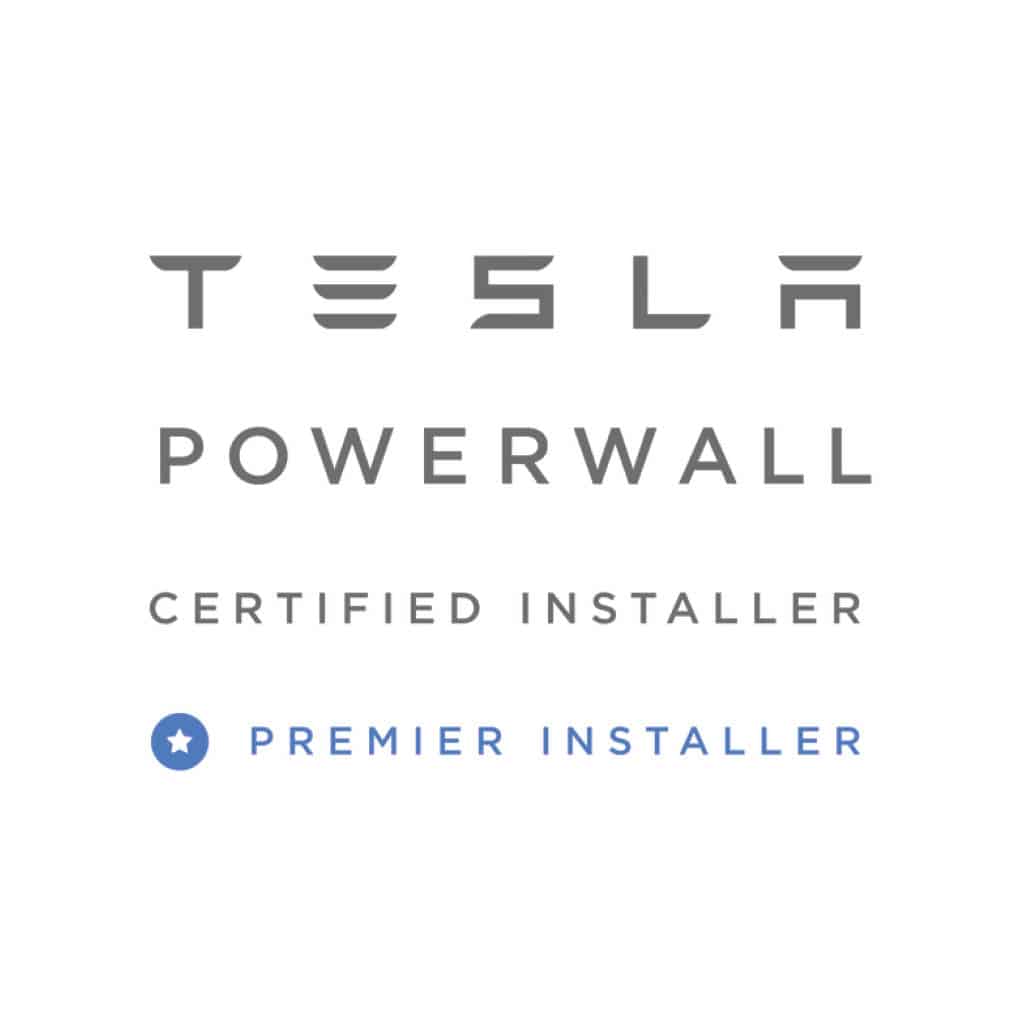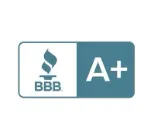Tesla Powerwall 3 Overview

The Tesla Powerwall 3 Is Here!!
The Tesla Powerwall 3 has arrived! We will examine its benefits, limitations, and how it compares to its predecessors, helping you decide if waiting for the Powerwall 3 is the right choice for you.
8MSolar, a Tesla Powerwall Certified Premier Installer, has ample experience installing Powerwalls in North Carolina and Virginia. With the evolving solar energy market and Duke Energy’s PowerPair Solar and Battery Incentive, the relevance of battery storage is on the rise, offering more savings opportunities.
Choosing the right battery storage isn’t just about the latest tech. It involves aligning with your energy goals and lifestyle. We’ll provide insights on the Powerwall 3, comparing it with the reliable Powerwall 2.
Table of Contents
- Tesla Powerwall 3 Overview
- The Tesla Powerwall 3 Is Here!!
- Key Upgrades in the Tesla Powerwall 3
- Powerwall Model Comparison: Powerwall 2, Powerwall 2 Plus, and Powerwall 3
- What Can a Single Powerwall 3 Backup?
- Considerations Before Purchasing the Powerwall 3
- The Cost of the Powerwall 3
- Deciding on a Powerwall 3 or Other Powerwalls
- Future of Powerwall 2 and 2+ Amid Powerwall 3 Release
- Selecting a Battery Storage Solution with 8MSolar
Key Upgrades in the Tesla Powerwall 3
Simplified Installation: 57 pounds lighter than the Powerwall 2 Plus, the Powerwall 3 makes installation easier, benefiting both users and installers.
Enhanced Continuous Power: The Powerwall 3 delivers 20-30% more continuous power than the Tesla Powerwall 2 Plus.
Increased Panel Capacity: It can connect up to 35 panels (14kW) on a single inverter, a significant improvement for larger solar systems.

Powerwall Model Comparison: Powerwall 2, Powerwall 2 Plus, and Powerwall 3
This table provides a detailed comparison of individual units of Tesla Powerwall models:
| Feature | Powerwall 2 | Powerwall 2 Plus+ | Powerwall 3 |
| Energy Capacity | 13.5 kWh | 13.5 kWh | 13.5 kWh |
| Capability | Powers emergency circuits, lights, and outlets | Supports some lights, wall outlets, a refrigerator, and small to medium appliances | Can run most AC/heat pumps, wells, pool equipment, EV chargers, water heaters, and laundry appliances |
| Stacking Capacity | Up to 6 units | Up to 2 units | Only 1 unit |
| On-Grid Power (Continuous Power Supply) | 5.8 kW | 5.8 kW (without sun), 7.6 kW (with full sun) | 11.5 kW |
| Weight | 251 lbs. | 344 lbs. | 287 lbs. |
| Built-in Inverter | No | Yes | Yes |
| Round-Trip Efficiency | 90% | 90% | 97.5% |
| Warranty | 10 years | 10 years | 10 years |
What Can a Single Powerwall 3 Backup?
As noted earlier, a single Powerwall 3 is capable of powering a broad range of household appliances and devices, from AC/heat pumps to wells, pool equipment, EV chargers, water heaters, and laundry machines. Its versatility in handling various energy-consuming devices makes it a good option for homes looking to ensure continuity of power during outages.
The core functionality of any home energy storage system revolves around two main factors: the duration of power supply during an outage and its surge capacity. The Powerwall 3 has made significant strides in improving its surge capacity, which allows it to support larger and more energy-demanding devices, such as high-power HVAC systems or pool equipment, without issue. While this enhancement enables the Powerwall 3 to power a greater variety of devices, it does not increase the overall duration of power supply. As a result, the length of time the Powerwall 3 can sustain these devices will depend heavily on the energy consumption of the household and how effectively energy use is managed during an outage. Strategic usage, such as prioritizing essential appliances, will help maximize the performance of the system during extended power outages.
Considerations Before Purchasing the Powerwall 3
The upcoming Tesla Powerwall 3 introduces several exciting features, but it’s important to carefully consider a few factors before deciding to wait for its release. Here are some key aspects to keep in mind:
Unchanged Energy Storage Capacity: While the Powerwall 3 comes with various upgrades, its energy storage capacity remains the same as that of the Powerwall 2 and Plus models. This means that while you may gain benefits in terms of performance, the overall amount of energy the system can store hasn’t increased.
Potential for Shorter Backup Duration: One of the key changes in the Powerwall 3 is its increased energy withdrawal rate. While this may support more devices, it could also result in a shorter backup duration during power outages. The more power the system draws to run larger devices, the quicker the battery will deplete, limiting the amount of time it can keep your home running in the event of an outage.
Consistent Warranty Term: The warranty for the Powerwall 3 remains consistent with its predecessors, spanning 10 years. While this is a solid coverage period, it’s important to note that it does not extend beyond what was offered for the Powerwall 2 and Plus, which may be a consideration for those looking for more long-term security.
These factors should be weighed against the new features the Powerwall 3 offers to determine if the improvements are worth the wait for your specific energy needs.
The Cost of the Powerwall 3
For context, before installation, the Tesla Powerwall 3 cost ranges from $9,000 to $13,000 (hardware plus installation labor) depending on the complexity of the installation, and the solar panel system connected to the battery. A Tesla Powerwall installation is usually priced between $3,000 and $8,000 depending on the number of Powerwalls to install. The price for each additional unit or when bundled with a solar system purchase is about $8,400 to $11,600.
| Number of Powerwalls | Per-Unit Cost | Total Cost With All Equipment and Fees | Cost After 30% Federal Solar Tax Credit |
|---|---|---|---|
| 1 | $9,000 | $9,000 | $6,300 |
| 2 | $8,600 | $17,200 | $12,040 |
| 3 | $8,400 | $25,200 | $17,640 |

Deciding on a Powerwall 3 or Other Powerwalls
When it comes to energy storage technology, timing is an important factor. With the current 30% Solar Tax Credit and rising electricity rates in North Carolina, there may be benefits to moving forward with your decision sooner rather than later.
That said, the Powerwall 3 could be the better choice in certain scenarios:
For New Builds: If you’re constructing a new home and designing an energy system around 15kW, the Powerwall 3 could be a more suitable option. It offers the flexibility of using just one Powerwall 3 instead of two Powerwall Plus units, potentially saving you on inverter costs. This comes at the trade-off of slightly less battery storage, so it’s essential to assess whether the storage capacity meets your home’s needs.
Power Interruptions: For homes located in areas with frequent, but short, power disruptions, the Powerwall 3 may be the ideal choice. Its capabilities for providing seamless energy continuity during brief outages make it an excellent solution for keeping things running smoothly. In regions with more prolonged power outages, the Powerwall Plus—offering larger storage capacity—may be more suitable for seeing that your home remains powered during extended disruptions.
Ultimately, your specific circumstances—like home size, energy usage, and regional power reliability—will help determine whether the Powerwall 3 or Powerwall Plus is the more fitting choice for your energy storage needs.
Future of Powerwall 2 and 2+ Amid Powerwall 3 Release
As Tesla gears up for the Powerwall 3 launch, there’s been curiosity about the fate of the Powerwall 2 and 2 Plus models. The good news is, they are not being discontinued! The Powerwall 3 is an addition to Tesla’s lineup, not a replacement. Both Powerwall 2 and 2 Plus will remain available, continuing to serve as effective solutions depending on individual energy needs. Remember, the latest model isn’t always the most suitable for everyone let us help you decided what is best for your situation.
Selecting a Battery Storage Solution with 8MSolar
Selecting the right battery storage system involves more than just opting for the newest technology. It’s about aligning the solution with your unique energy objectives and lifestyle preferences. Are you looking for immediate power availability, or is extended backup duration more important to you?
Making this decision requires weighing the advantages against the potential trade-offs. Our team at 8MSolar is ready to guide you through this process, helping you make a choice that’s customized to your specific requirements. Contact us today for personalized assistance!









